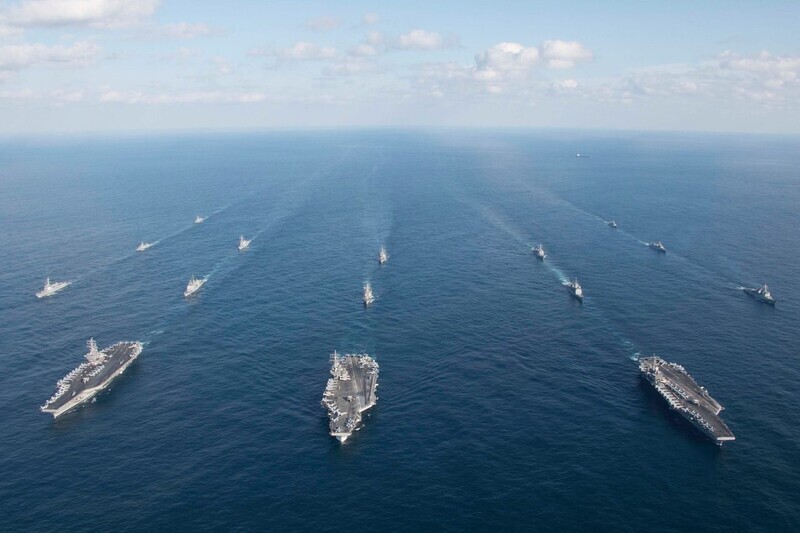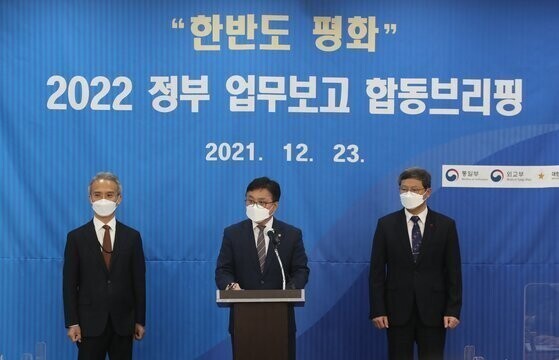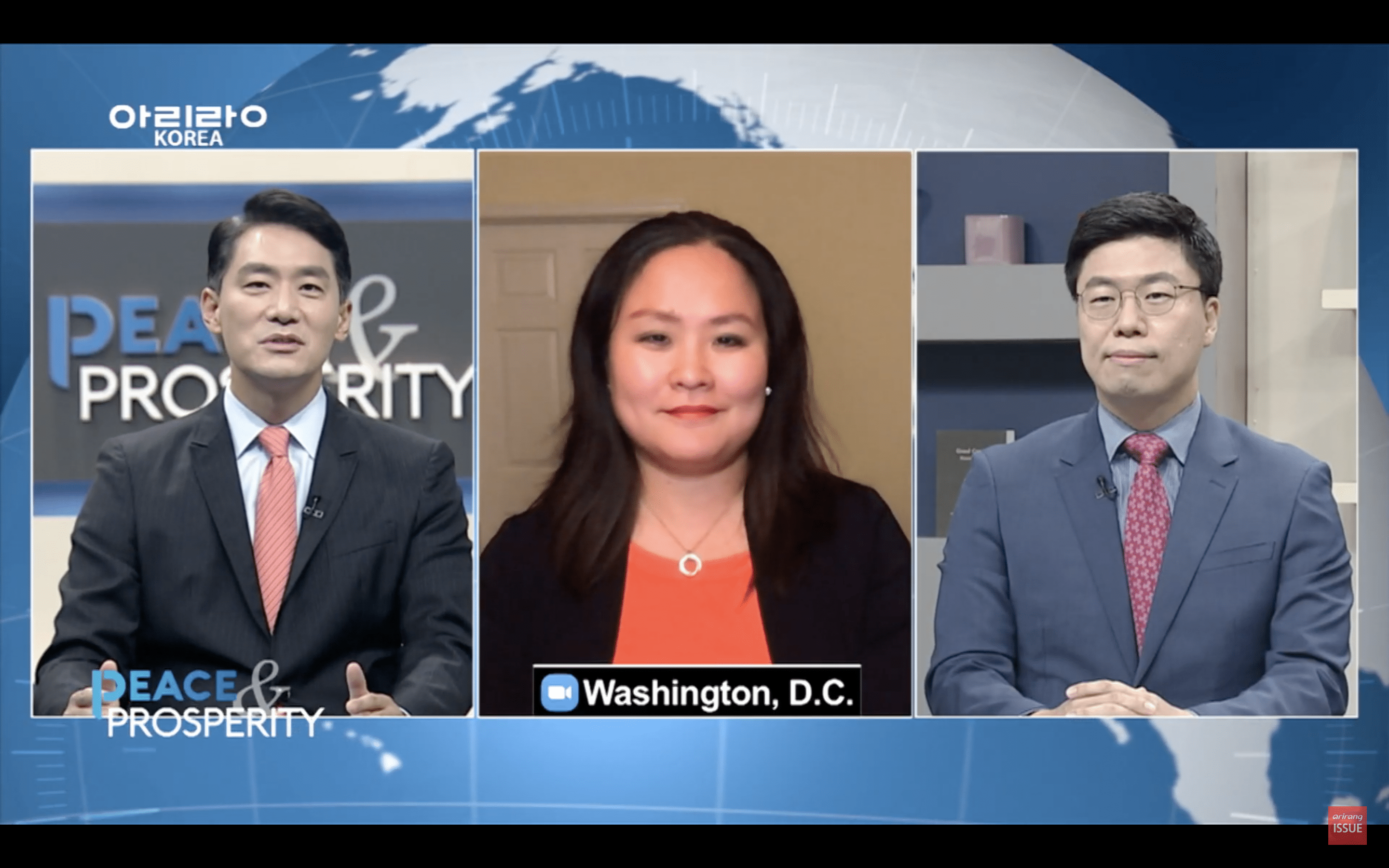Towards a Korean Strategy of Resilience
HANKYOREH
APLN Vice Chair Moon Chung-in discusses the security challenges that South Korea faces in 2022. The original post is available on the Hankyoreh website here.
We’ve made it to 2022. While we faced considerable difficulties last year due to COVID-19 and other issues, the general view is that Korea’s international prestige has gone up a notch.
In 2021, the Korean economy ranked 10th worldwide for the third year in a row. Korea has also established itself as the world’s seventh-largest exporter. In the military sector, Korea has built the world’s sixth most powerful military. In terms of the innovation index — which can be seen as the key driver of industrial development — Korea was ranked first in the world by Bloomberg and the European Union.
Those are substantial accomplishments, to be sure.
Such indicators were quoted by Kathleen Stephens, former US ambassador to Korea, during a seminar in Seoul last month. Stephens said that Korea is a country that has strength in times of crisis, which she attributed to Korean “resilience.”
According to Stephens, Korea exhibits unusual powers of endurance and recovery from external shocks. In contrast, she raised concerns that the US is struggling with resilience relative to its national power.
Resilience has emerged recently as a key word in mainstream discourse in the US. At the heart of this discourse is an article titled “A Grand Strategy of Resilience: American Power in the Age of Fragility” that was published in the journal Foreign Affairs in August 2021. The article was authored by Ganesh Sitaraman, a professor of law at Vanderbilt University.
Sitaraman defined resilience as the ability to bounce back from external challenges without any major internal sacrifice, as well as the ability to adapt as needed to a changing environment. In other words, the concept can be understood as an indicator of a country or society’s tenacity, agility, flexibility and elasticity.
According to Sitaraman, the US seriously lacks resilience even as it confronts various challenges including the COVID-19 pandemic, climate change, cyber threats and its geopolitical and geoeconomic competition with China. As for reasons, he cites the US’ lack of infrastructure, the polarization of politics, the backsliding of democracy, the evils of neoliberal capitalism, the abuses of the military-industrial complex and the absence of a national strategy.
To surmount this general crisis, Sitaraman said, the US must use steady innovation and massive changes to politics, the economy and society to build not only domestic resilience but also collective resilience with friends and allies overseas.
Is Korea actually in better condition than the US? It’s hard to be confident about that.
Considerable challenges await Korea in 2022. For starters, it won’t be easy to move beyond the COVID-19 pandemic.
The North Korean issue is another headache. The Moon administration has been trying to make progress in inter-Korean relations by spearheading a discussion about formally ending the Korean War. But if South Korea and the US hold joint military exercises in March as planned, Pyongyang will take corresponding measures that could raise tensions just as the next administration takes the reins in Seoul in May.
Tackling social disturbances and healing the national divide following the presidential election will be a considerable task in and of itself.
What’s more serious are the structural threats looming down the road. Korea’s economic polarization continues to produce a crisis of structural inequality and chronic unemployment, with youth unemployment posing a particular problem. The economic, social and security vulnerabilities caused by Korea’s low birth rate and societal aging continue to worsen.
The external environment is unpredictable as well. The instability in Northeast Asia caused by the growing rivalry between the US and China will further complicate Korea’s strategic moves.
As the US pushes for a stronger alliance and China calls for neutrality, Korea’s current foreign policy of maintaining a balance between the two will reach its limits, intensifying the existential dilemma of a country trapped in great power politics.
In this light, 2022 may well be a decisive year that will test Korea’s resilience. Expanding the material substructure won’t be enough for Korea to weather the storm at home and abroad while opening new horizons in peace, prosperity and stability through elasticity, flexibility and adaptability.
The superstructure of resilience needs to be tough. It’s time to grow out of our habitual and naïve dismissal of risk factors and to cultivate our ability to foresee all potential challenges, including those we wouldn’t normally imagine.
Such foresight depends on our ability to acquire information. That’s why we need to make a concerted effort to promote intelligence-gathering both in our society and our government. It’s essential to expand our intelligence abilities in all areas of security: military, economic, ecological and cyber.
Another key variable is the state’s bureaucratic capacity. I’m talking about the ability to predict and assess a range of threats in a timely fashion and to boldly deal with those threats through swift policy decisions.
It’s at this moment, when traditional and emerging security issues are arising simultaneously, that we’re in desperate need of security-focused leadership that can deal systematically with these general threats. But we’re still hobbled by the nightmare of the 1970s, when a national security focus was exploited as a means of maintaining the security of the regime.
The most critical prerequisite for addressing those fears is a national consensus. We need to avoid politicizing our national security and build a consensus about transcendent goals through communication between the state and civil society
It’s only when those conditions have been met that Korean resilience will be feasible.




